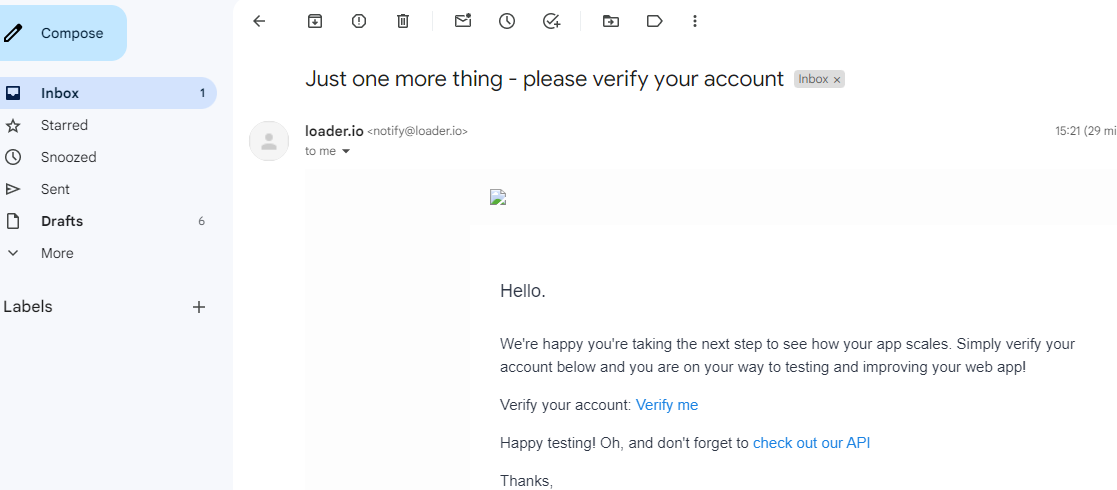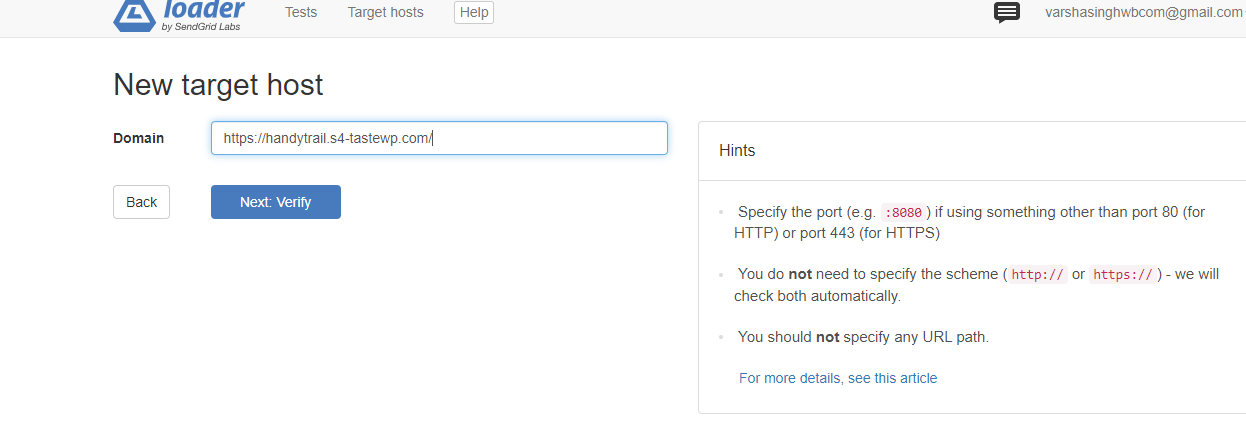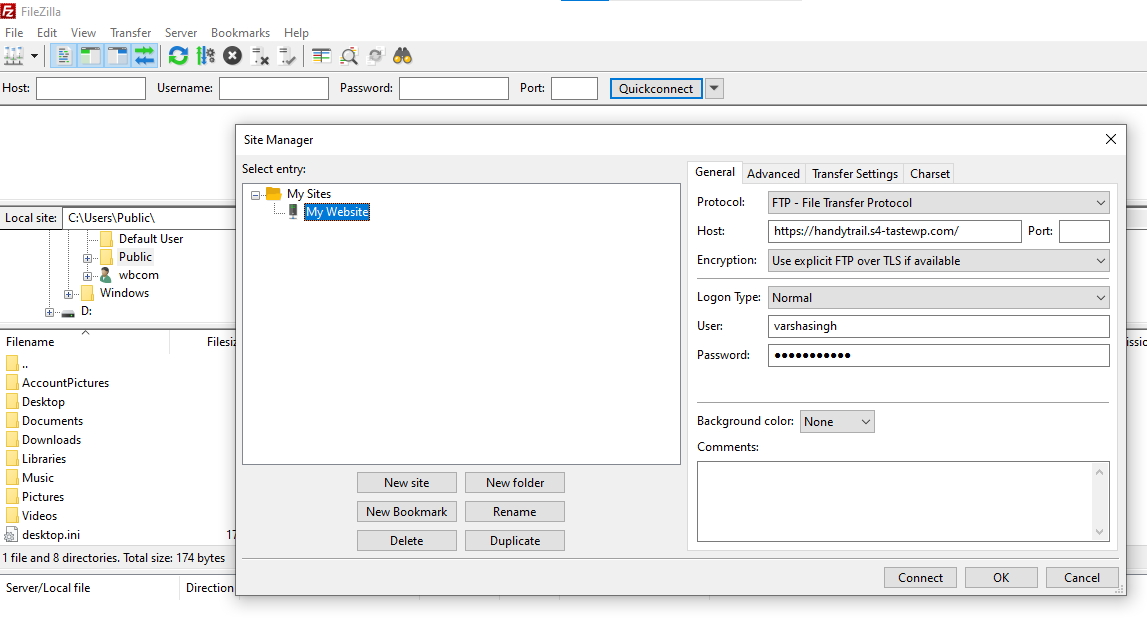Testing the limits of your WordPress website’s performance is crucial, especially when anticipating surges in traffic. Stress testing offers insights into how your site handles varied scenarios, aiding in optimization and issue resolution.
In this guide, we’ll walk you through stress testing your WordPress website to gauge its performance under different conditions, ensuring optimal speed and functionality.
Table of Contents
ToggleWhat is a WordPress Stress Test?
A WordPress stress test is an assessment conducted to evaluate a website’s performance under extreme or high-traffic conditions. It simulates increased user loads and analyzes how the website responds to these stress scenarios.
The primary goal of stress testing is to identify potential bottlenecks or weaknesses in the website’s infrastructure, hosting, theme, plugins, or code that might lead to performance degradation or site downtime during periods of high traffic.
Key aspects that stress testing evaluates include:
- Server Load Handling: How well the web server manages an increased number of simultaneous requests without slowing down or crashing.
- Response Time: The time taken for the website to respond to user requests under heavy traffic situations. Longer response times can indicate performance issues.
- Resource Utilization: Monitoring CPU, memory, and bandwidth usage to ensure they remain within acceptable limits during peak traffic.
- Plugin and Theme Performance: Identifying plugins or themes that may cause performance degradation or site instability under stress.
Stress Testing a WordPress Website
Step 1: Sign Up for a Free Loader.io Account

Visit Loader.io Website: Go to the Loader.io website (loader.io).
Sign Up: Click the ‘Sign Up Now’ button to create a new account.
Select Free Plan: Choose the ‘Free’ pricing plan offered by the tool.

Enter Details: Provide your company name, email address, and password, and complete the reCaptcha. Click ‘Sign Up.’
Verification Email: Check your email inbox for a verification email from Loader.io. Click the verification link to confirm your account.

Also Read: 6 Top Tips for Better Cloud Security Access Management
Step 2: Add a New Host to Loader.io
Create a New Host: Log in to your Loader.io account and click the ‘+ New Host’ button.
Enter Domain Name: Enter your website’s domain name and click ‘Next: Verify.’

Verify Domain: Select ‘Verify over HTTP.’ Download the verification file provided by Loader.io.

Upload Verification File: Use an FTP client to upload the verification file to your site’s root folder (usually named ‘public_html’).

Verify Domain: Return to Loader.io and click ‘Verify’ after uploading the file.
Also Read: How to Check Your WordPress Error Log
Step 3: Configure Stress Test Settings
Start New Test: Click the ‘New Test’ button.
Test Settings: Set a name for your test and choose the test type (Clients per test, Clients per second, Maintain client load).
Client Requests: Review and adjust client request settings if necessary. For general testing, default settings may suffice.
Step 4: Run the Stress Test
Run Test: Click ‘Run test’ to start the stress test for your WordPress site.
Also Read: How to Block a Website on Google Chrome
Step 5: Analyze Stress Test Results
Review Results: Loader.io will compile results displaying metrics like average response time, maximum response time, and graphs depicting website performance under different client loads.
Interpret Data: Analyze the results to understand how your site performed under stress. Focus on response times, spikes in traffic, and the impact of varying client loads.
Repeat Tests: Consider running multiple tests with different scenarios (increased clients, varied durations) to assess website performance comprehensively.
By following these steps, you can effectively stress test your WordPress website using Loader.io, gaining valuable insights into its performance under high-traffic conditions.
Interesting Reads
Top 10 Books on Entrepreneurship to Read In 2023
A Deep Dive Into The Best Backlink Management Tools for Effective SEO








